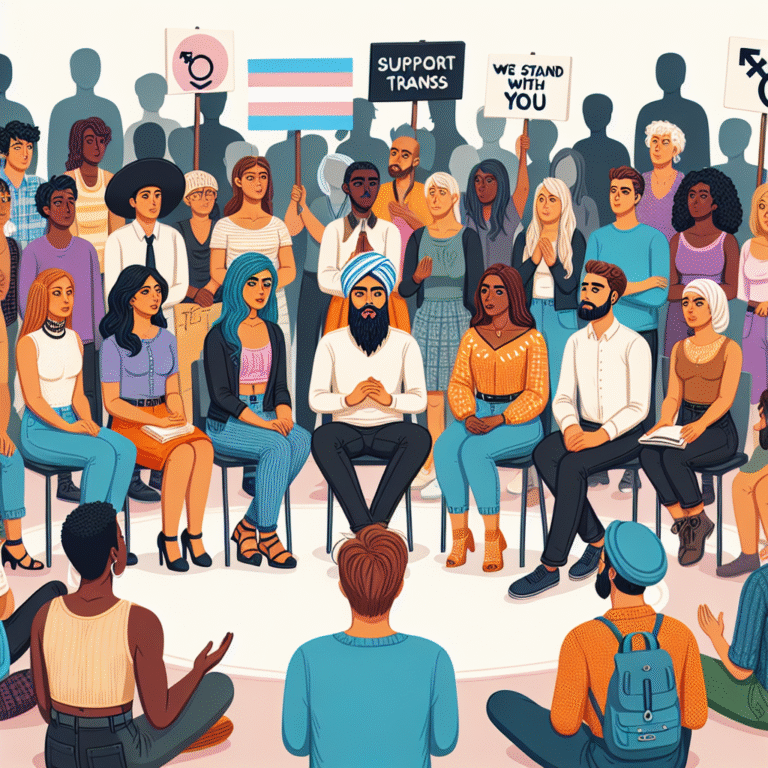
Introduction
In an era where the educational landscape is rapidly evolving, the quest to unlock student potential remains as crucial as ever. Schools are increasingly becoming the battleground for innovative teaching methods, supportive structures, and holistic learning environments. One such pivotal approach is Positive Behavioral Interventions and Supports (PBIS). This methodology not only emphasizes discipline and behavior management but also cultivates a nurturing atmosphere that fosters student growth and academic achievement. In this article, we will delve into Unlocking Student Potential: How PBIS Shapes a Supportive Learning Environment, revealing actionable insights, success stories, and techniques to empower educators and students alike.
Understanding PBIS: A Framework for Success
What is PBIS?
Positive Behavioral Interventions and Supports (PBIS) is a proactive approach designed to improve school climate, promote positive behavior, and decrease disciplinary issues. Originating in the late 1990s, the framework provides schools with the tools to implement effective strategies for managing student behavior. By shifting focus from punitive measures to supportive interventions, PBIS lays the groundwork for a healthier school culture.
The Core Principles of PBIS
At its core, PBIS aims to equip educational institutions with a systematic approach to addressing behavior. The framework is built around three primary tiers:
-
Tier 1: Universal Interventions
- Strategies applicable to all students.
- Focus on creating a positive environment.
-
Tier 2: Targeted Interventions
- Tailored for students with at-risk behaviors.
- Provides additional support while fostering inclusion.
- Tier 3: Intensive Interventions
- Designed for individual students with significant behavioral challenges.
- Involves personalized strategies and interventions.
Case Study: Roldan Middle School
To illustrate the significance of PBIS, we can look at Roldan Middle School’s implementation of the framework. Prior to adopting PBIS, the school faced escalating behavior issues, leading to high suspension rates. After a year of implementing PBIS, Roldan saw a 40% decrease in disciplinary actions, showcasing the effectiveness of a structured approach in unlocking student potential.
| Year | Suspensions | Academic Performance |
|---|---|---|
| Before PBIS | 120 | 70% |
| After 1 Year | 72 | 80% |
| After 2 Years | 45 | 85% |
The Role of a Supportive Learning Environment
Fostering Engagement and Motivation
Creating a supportive learning environment is crucial for nurturing student motivation and engagement. PBIS enhances the school climate by promoting positive interactions between students and staff, fostering a sense of belonging, and improving overall morale.
Cultivating Relationships
Positive relationships between students and educators foster trust and openness, key components for encouraging positive behaviors. Trust leads to students feeling safe and ready to engage with the learning process.
Case Study: Greenfield Elementary
Consider Greenfield Elementary, where teachers dedicated themselves to building relationships with students through consistent and positive communication. By incorporating PBIS strategies, the teachers saw a notable increase in student engagement levels, as evidenced by increased participation in class and improved academic outcomes.
| Metric | Before PBIS | After PBIS |
|---|---|---|
| Class Participation Rate | 55% | 80% |
| Homework Completion Rate | 60% | 90% |
Through this systematic approach, educators were able to effectively unlock student potential and create a vibrant, supportive learning atmosphere.
Strategies for Successfully Implementing PBIS
Training and Professional Development
Successful implementation of PBIS requires adequate training for educators. Training workshops should cover the fundamentals of behavioral interventions, data collection methods, and effective communication strategies. Continuous professional development opportunities ensure that teachers remain adept at utilizing PBIS effectively.
Data-Driven Decision Making
Using data to inform decisions is essential for the ongoing success of PBIS. Schools should regularly assess student behaviors, program effectiveness, and overall school climate. This allows for the fine-tuning of strategies and ensures that interventions are relevant and impactful.
Parent and Community Involvement
Engaging parents and the community fosters a comprehensive support system for students. Hosting workshops and informational sessions about PBIS allows for a united front between home and school, enhancing the impact of interventions.
Encouraging Student Voice
Empowering students with a voice in their learning fosters responsibility and accountability. Initiatives that include student feedback in shaping school policies or interventions can significantly influence the success of PBIS.
The Intersection of PBIS and Academic Achievement
Positive Behavior Equals Academic Success
Research indicates a strong correlation between positive behavioral support systems and academic performance. Schools that effectively implement PBIS often report reduced disruptions, improved attendance, and higher graduation rates.
Case Study: Willow Grove High School
At Willow Grove High School, the PBIS framework led to significant improvements in both behavior and academic performance. The school noted that students involved in the PBIS initiative were more likely to graduate on time and perform well on standardized tests.
| Year | Graduation Rate | Standardized Test Scores |
|---|---|---|
| Before PBIS | 75% | 78% |
| After 1 Year | 85% | 85% |
| After 2 Years | 90% | 90% |
This reinforces the idea that Unlocking Student Potential: How PBIS Shapes a Supportive Learning Environment can lead to not just better behavior, but academic success as well.
Challenges in Implementation
Resistance to Change
One common challenge when implementing PBIS is resistance from faculty, students, or parents. Change can be daunting, and addressing concerns upfront—through meetings, discussions, and demonstrations of PBIS’s impact—can help mitigate this resistance.
Sustainability
Ensuring that PBIS remains a long-term initiative is crucial. Schools must prioritize commitment from all stakeholders and actively engage in continuous evaluation and support to maintain momentum.
Conclusion
Unlocking Student Potential: How PBIS Shapes a Supportive Learning Environment is not just a theoretical framework; it is a proven method of transforming schools into nurturing environments where students thrive. The success of PBIS is underscored by countless examples of schools that have embraced the model and seen measurable improvements in both behavior and academic performance.
In a world where educational challenges evolve with time, PBIS stands as a beacon of hope for unlocking student potential. Educators, administrators, and communities must embrace this framework to create supportive environments that cultivate a strong foundation for lifelong learning.
FAQs
How does PBIS differ from traditional disciplinary approaches?
PBIS focuses on proactive interventions and reinforcement of positive behavior rather than reactive punishments. This shift creates a more supportive environment.
Can PBIS be implemented in all types of schools?
Yes, PBIS is adaptable and can be effectively implemented in various school settings, regardless of size or demographic.
What role do parents play in PBIS?
Parents can significantly influence the success of PBIS by supporting school initiatives at home, attending meetings, and engaging in their children’s education.
How do schools assess the effectiveness of PBIS?
Schools utilize data collection methods to track behavioral incidents, student academic performance, and overall school climate, allowing for continuous evaluation and adjustment of interventions.
Is training necessary for successful PBIS implementation?
Absolutely. Proper training equips educators with the necessary skills and knowledge to effectively implement and maintain PBIS strategies.
By fostering a holistic and supportive approach to education, we can unlock every student’s potential and pave the way for a prosperous future.


















